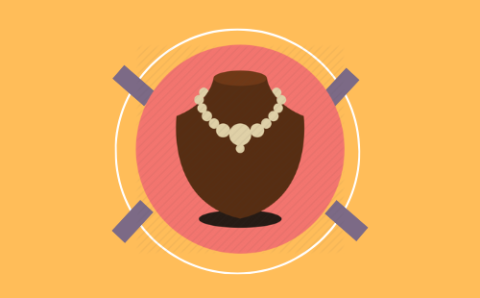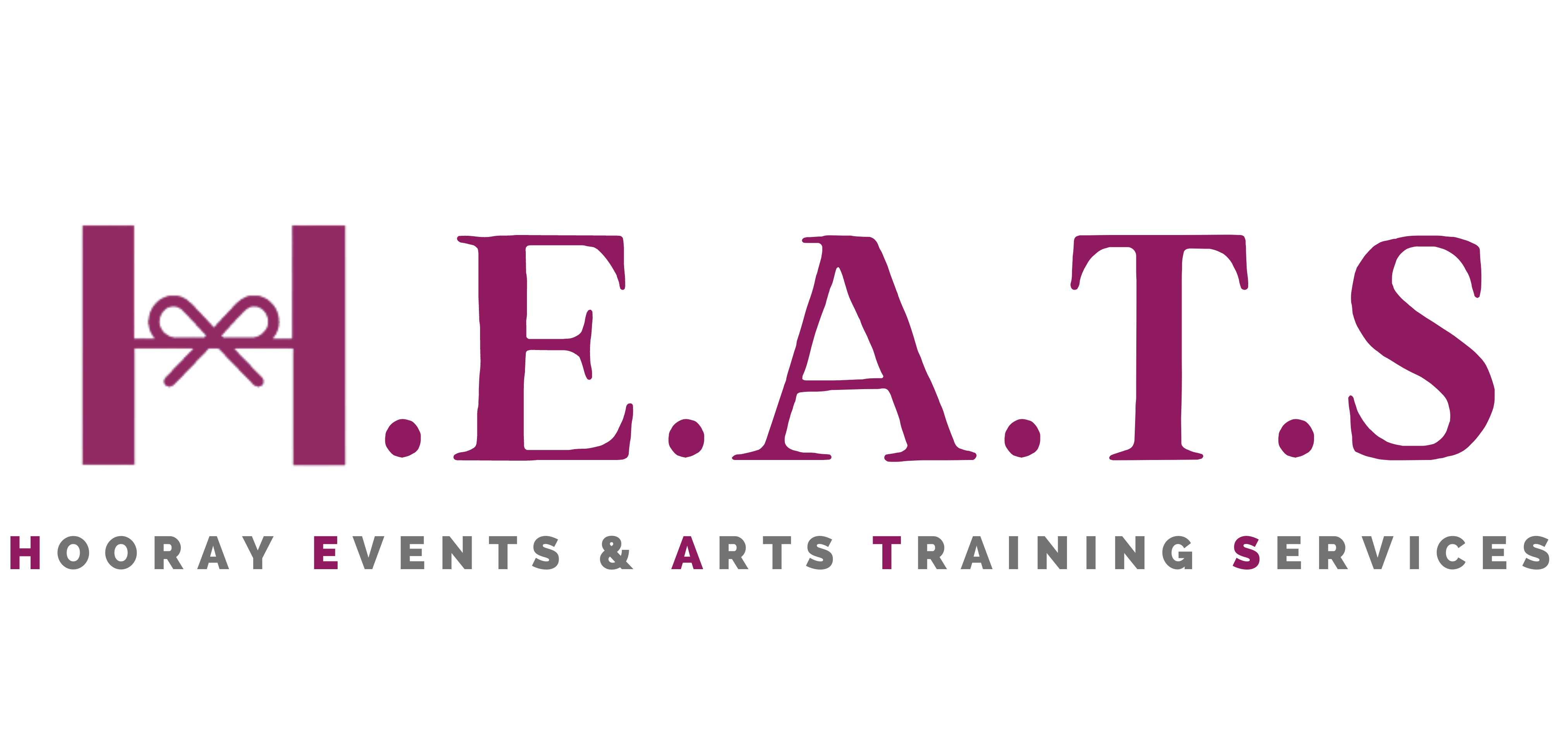Dancer
January 16, 2018 2022-09-05 8:00Dancer
Dancer
Dancer
Talent, determination and the ability to self promote are essential for a successful career entertaining and storytelling through performance as a dancer
As a dancer, you’ll use movement, gesture and body language to portray a character, story, situation or abstract concept to an audience, usually to the accompaniment of music. This typically involves interpreting the work of a choreographer, although it may sometimes require improvisation.
You can work in a variety of genres including classical ballet, modern stage dance, contemporary dance, street dance and African or Asian dance. You may perform to a live audience or take part in a recorded performance for television, film or music video.
Many dancers follow portfolio careers, combining performance with teaching, choreography or administrative work in a dance company.
Responsibilities
As a dancer, you’ll need to:
- prepare for and attend auditions and casting sessions
- get ready for performances by rehearsing and exercising
- perform to live audiences and for television, film and music video productions
- study and create choreography
- discuss and interpret choreography
- learn and use other skills such as singing and acting – many roles, for example in musical theatre, require a combination of performance skills
- look after costumes and equipment
- take care of the health and safety of others, which requires knowledge and observation of physiology and anatomy, as well as safe use of premises and equipment
- carry out self-promotion activities – this can include sending out your CV or photographs and footage, delivering presentations, running workshops or attending auditions and meetings.
Depending on your particular interests, you may also do some or all of the following:
- teach dance, either privately or in the public sector
- work in dance development and promotion, encouraging and enabling people, especially children, to become involved in dance and to understand and appreciate it
- run workshops in the community, for example with groups of disabled people
- undertake administrative, promotional or stage management work – particularly if you work for yourself or are employed in a small company
- liaise with arts and dance organisations, theatres and other venues regarding funding and contracts.
Salary
- Equity, the trade union for the performing arts, has negotiated minimum weekly pay rates with the Independent Theatre Council (ITC).
- Minimum weekly pay rates for a commercial theatre production are £367.20 to £497.25, depending on the capacity of the venue.
- For performances at a West End theatre you can command a weekly rate of £583.38 to £834.49, depending on the size.
- For film work, you can earn a minimum of £882 per week, rising to £2,234.40, depending on the overall film budget.
Subsistence and accommodation payments are included in Equity contracts and some contracts may include royalties for recorded work. Other payments, such as touring allowance and understudy obligation payment, made be paid in addition.
Payment and conditions for non-Equity work can be lower and some employers try to contract dancers for no payment at all.
Income figures from Equity. Figures are intended as a guide only.
Working hours
Hours can be long and unsocial. Training and rehearsals take place during the day with most performances taking place in the evening. Many shows run for six days each week.
Many dancers work on a freelance basis on short, fixed-term contracts. However, there are some opportunities for full-time work with dance companies.
What to expect
- Many jobs are based in London but opportunities are also available with regional dance companies and organisations, as well as with touring companies.
- You’ll need to practise daily, even when you aren’t performing, and must be able to learn new steps and styles quickly.
- A dancer’s career can be short, rarely lasting beyond the age of 40. Injuries, especially to the feet, back and legs, can have an impact on the length of a performance career. Physical fitness and career planning are therefore crucial. Many dancers combine their dance role with teaching or administrative duties to make a living in dance.
- It’s likely you’ll need to travel to different venues and you may also tour within the UK or overseas; which may mean long periods away from home. Relocation may be necessary for work opportunities.
- There’s a range of opportunities for employment abroad.
Qualifications
Training to become a dancer often starts from a very young age, particularly for classical ballet, but many other dancers start training in their teens or even when they’re at university.
It’s vital to have a high level of training and ability in at least one form of dance, for example:
- classical ballet
- modern stage dance
- contemporary dance
- street dance
- African or Asian dance.
The national standards body of the dance industry, the Council for Dance, Drama and Musical Theatre (CDMT), provides information on dance colleges offering vocational training, some of which also offer degree and postgraduate-level courses.
Most courses last three years and vary widely in style, content and aims, so do your research before applying.
For those who have successfully completed their training, most CDMT-accredited schools also offer the Trinity College London Level 5 and Level 6 diploma in Professional Dance. It’s also possible to convert the Level 6 Diploma into a full BA Hons Professional Practice in Arts from Middlesex University. The conversion course lasts a year and allows you to continue your professional activities while completing a professional portfolio and practice-based project.
A number of universities offer dance courses or degrees with an element of dance. For details, see the Universities and Colleges Admissions Service (UCAS). Check the content of courses before applying to make sure the ones you choose to apply for meet your career needs.
Postgraduate or vocational study isn’t essential, but it could be help further your career once you have gained a few years’ experience in the industry.
More information on training to become a dancer, including possible sources of funding, is available in A Guide to Careers in Dance, produced by One Dance UK.
Skills
You’ll need to demonstrate the following:
- a thorough knowledge of dance and its related issues
- physical fitness, stamina and perseverance
- motivation and discipline
- communication and interpersonal skills
- creativity
- resilience
- confidence and self-belief
- adaptability to the different disciplines of TV, film and theatre
- the ability to work as part of a team
- the ability to make contacts and promote current work.
Work experience
Joining a local dance company or dance school can help build your experience of performing.
Work shadowing a dance teacher can also be useful. Seek out local opportunities in your area or holiday programmes. You may also want to consider setting up your own company.
Employers
Typical employers include:
- performing dance companies, including ballet, contemporary, street, Asian and African companies
- clubs, cabarets and cruise ships, either in the UK or abroad
- musical theatre, either in London’s West End or on tour
- community dance organisations.
It’s common to combine performance with a range of other roles within the dance industry. Typical employers in the broader industry include:
- private dance schools, who employ qualified dance teachers to teach a range of dance techniques at various levels, for social and recreational as well as vocational purposes
- schools, further education colleges and higher education institutions (for those with relevant teaching qualifications)
- local authorities, who sometimes employ people to promote dance throughout the authority – dancers will usually work on a peripatetic basis in schools across the area
- the four Arts Councils and national and regional dance development bodies, who may employ dance officers.
Dancers sometimes set up their own companies, perhaps obtaining funding from one of the four Arts Councils:
Look for job vacancies at:
- Article19
- Dance Europe
- One Dance UK
- Equity – job information service available to members, largely musical theatre and commercial dance
- Mandy
- People Dancing – the foundation for community dance
- The Stage – musical theatre, commercial dance and sometimes ballet.
You’ll need to take a creative and proactive approach to job seeking by networking and establishing contacts, as well as fostering links made through previous work, and attending classes and courses.
You may also need an agent to promote you and your work. Do your research and make sure you target agents that meet your career aspirations. Use networking opportunities to speak to agents or send a targeted email submission, invitation to showcases, show reels, etc.
Competition for jobs is fierce, so it’s important to be persistent in seeking opportunities and to audition for as many suitable roles as possible. The more styles of dance you have to offer (for example, tap, jazz, ballet, modern, ballroom, Latin), the more likely you are to find work.
Professional development
Training continues throughout a dancer’s career, with even the most experienced dancers attending daily classes. Out-of-work dancers still need to continue to attend open classes in order to maintain and develop skills.
Details of courses are available from CDMT.
You must be willing to take direction and constructive criticism as well as contributing your own ideas and suggestions in collaboration with the director or choreographer. Being open to such feedback will enable you to develop your skills.
You’ll need to maintain a healthy body in order to keep fit and stay in work. The Healthier Dancer Programme (HDP), run by One Dance UK, provides advice, events and conferences on health, fitness and injury prevention. Dance UK also provides information on training and networking opportunities in the independent sector.
Training in other areas related to dance may help increase your income and allow you to develop a portfolio or second career. Popular areas include:
- choreography
- community theatre work
- dance administration
- dance teaching
- notation
- singing
- acting
- fitness activities such as yoga, Pilates and the Alexander Technique, with a view to teaching.
Some dancers undertake further training to work in complementary therapies or to lead fitness classes such as yoga, Pilates and the Alexander Technique. Another option is to become a personal trainer.
Short courses in IT and project management may be useful when seeking temporary work or work in dance administration and development.
For more information on training and career development opportunities, including possible sources of funding, see A Guide to Careers in Dance.
Career prospects
There is no clearly defined career path for a dancer. Most will start their careers as dancers, or combine another aspect of dance with performance, and then move out of performance into a related area.
Many dancers progress into teaching, either in the private or the public sector. CDMT provides details of the range of dance teaching qualifications available. Following this route, you could opt to run your own dance courses, or consider running a franchise within a health and fitness club.
Other career options include moving into choreography (as an assistant choreographer and then choreographer), working as a dance notator, writing about dance, or managing the administrative side of a dance organisation.
Some dancers go on to become dance movement psychotherapists, which requires a relevant MA. This therapeutic process helps people address their problems or develop personally through dance and movement.
If you later decide to move away from dancing into a totally unrelated profession, you can access support and guidance about retraining from Dancers Career Development (DCD).
Find out how Connor became a professional dancer at BBC Bitesize.
June 2022







